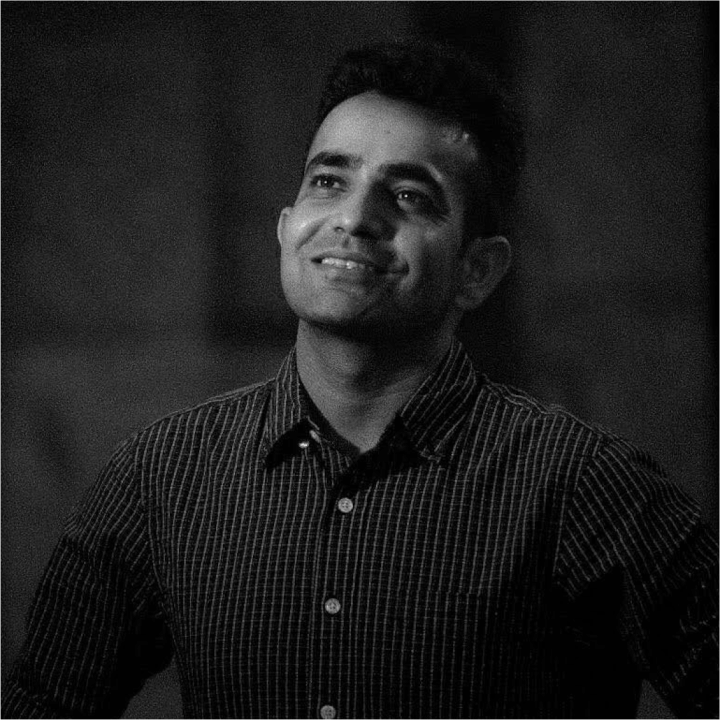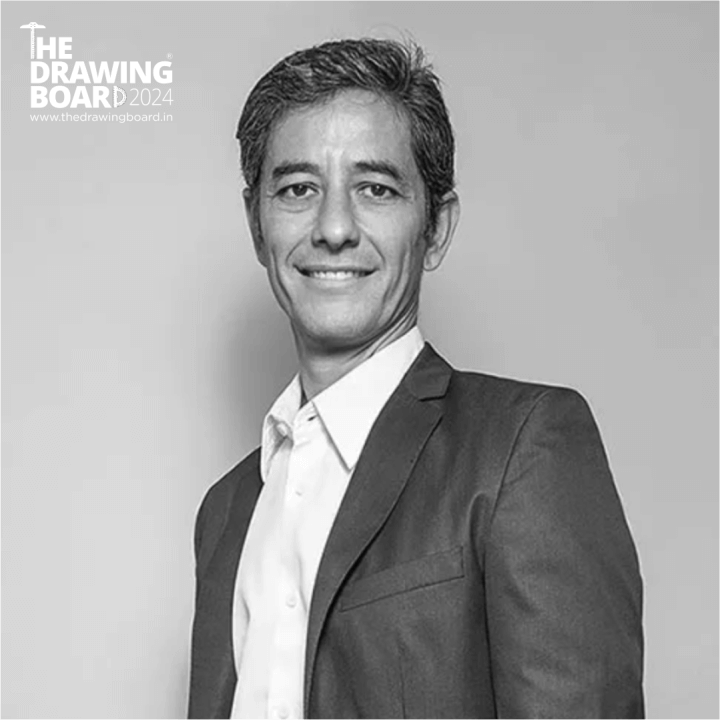EP 195 . 30 Sep 20
Chawls of Mumbai
With Rupali Gupte
In the episode
1. There seem to be 2 fascinating speculations about how did “Chawl” word originate. Can we start by that?
2. How would you explain the Porosity of rooms in chawls?
3. Is chawl a public space or a private space? What is the reason behind it? Did it evolve because of the architecture or space evolved because of people? Or should I put it “Is chawl a concept or is it an architectural setup?”
4. Does Mumbai’s chawl system lend any character to the city? I have this personal strong judgment about why Mumbai has been so tolerant and patient. Either people are oblivious to what’s happening around or then they have built patience by standing in front of common chawl toilets. What is your take?
5. Can elites stay in chawl or it is designed for the middle class?
6. Can you share your insights about what does “privacy and security” mean in chawl context?
7. If we envision Mumbai in 2050, what do you think; how chawls will be perceived if they remain in our memories…
About Rupali Gupte
Rupali Gupte is an architect and a co-founder of Bard Studio in Mumbai. Her works include research on Indian urbanism with a focus on architecture, urban culture, urban economy, property, housing, urban form, entrepreneurial and tactical practices. Rupali is one of the founding members of the urban research network, CRIT (crit.in), and the School of Environment and Architecture (sea.edu.in).




